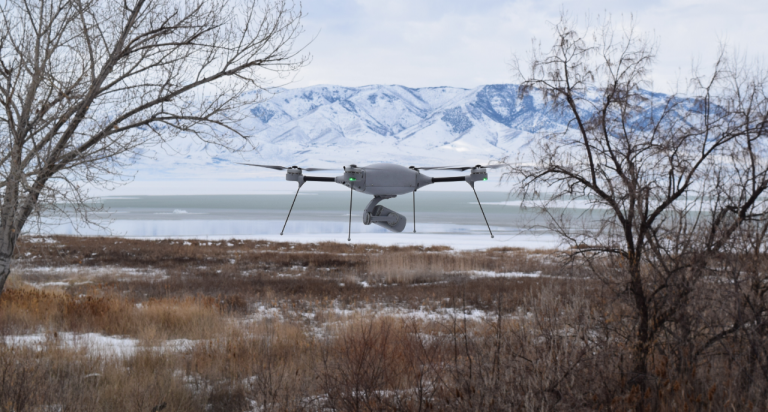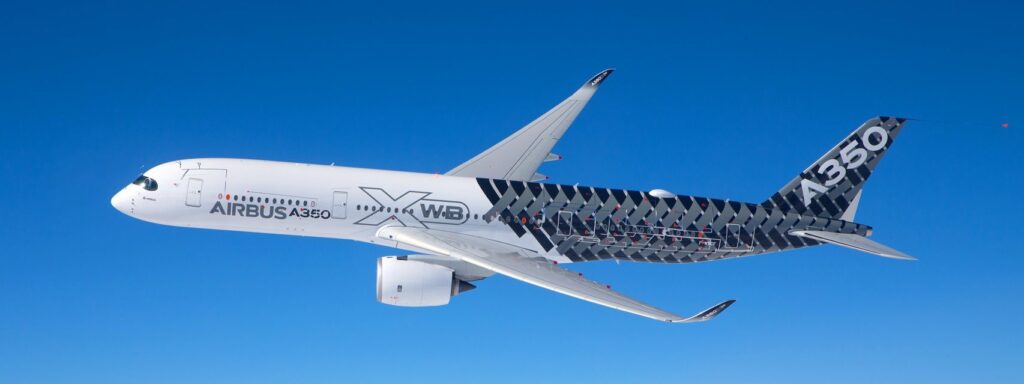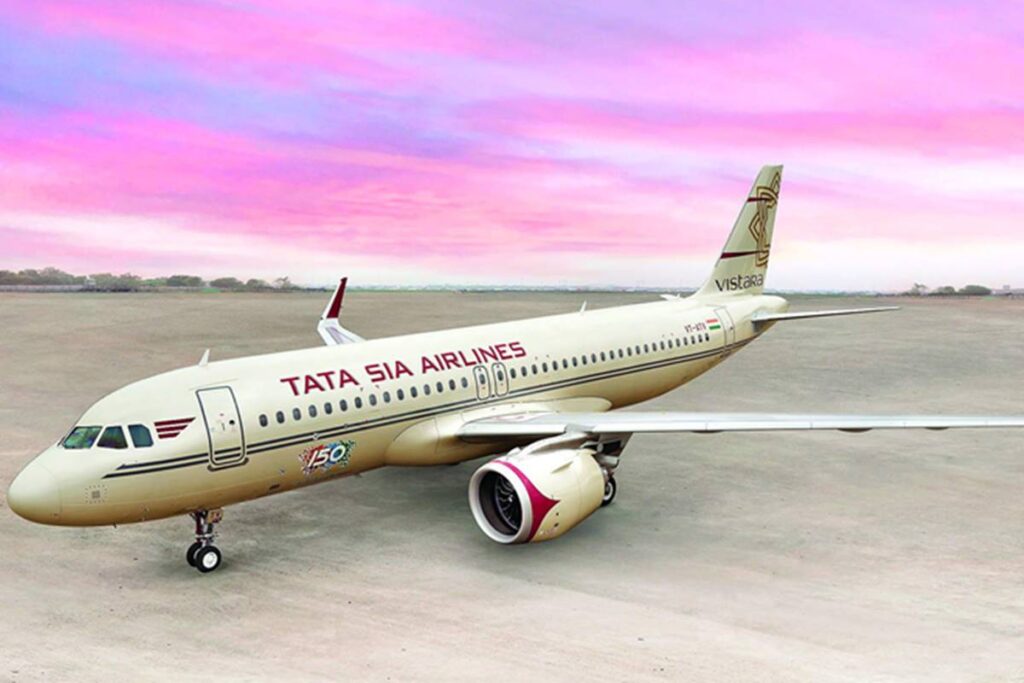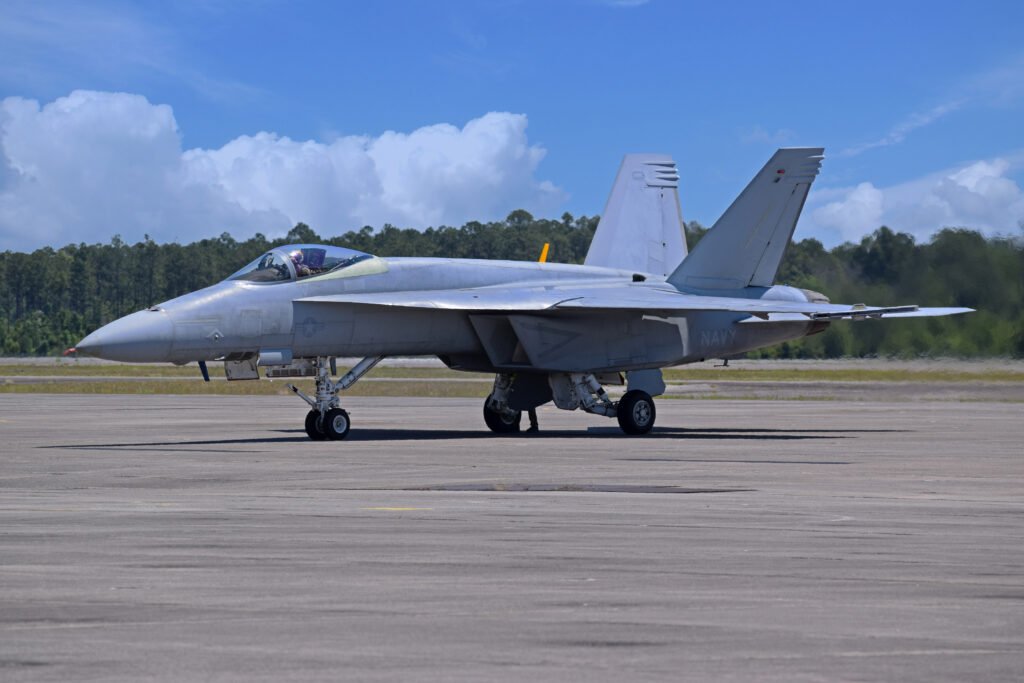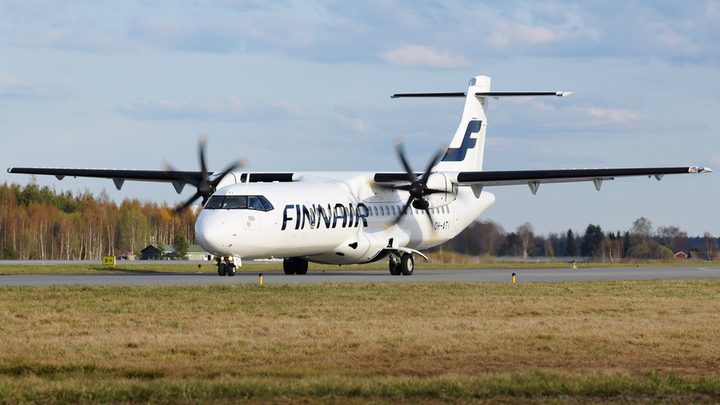Swiss Army Chooses Lockheed Martin’s Indago 3 UAS For Tactical Reconnaissance And Surveillance
Armasuisse contracted Lockheed Martin (LMT) for a fleet of Indago 3 small unmanned aircraft systems (UAS), with options for spares, training and tech support and additional systems for the Swiss Army. Indago provides aerial reconnaissance in environments…
